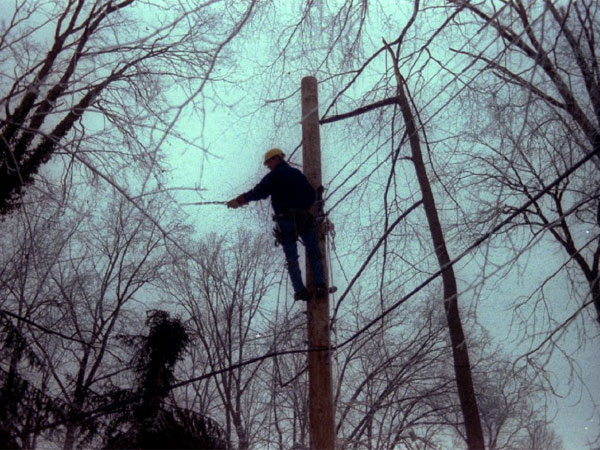looks good, I'll sub fox tail for the "coyote" hair though...
Hook: #2
Tiemco 811S or 800S
Thread: 3/0
Monocord, brown or tan
Eyes: small or medium lead dumbbell eyes, tied in 1/3 of the
way back from the hook eye
1st
Wing: cream
or tan coyote guard hairs from the belly or tail, pushed down to have a
flattened appearance
1st
Collar: two
mottled grayish-blue pheasant feathers followed by a 3rd
pheasant feather of a brownish coloration, the 1st being the
smallest of the 3 feathers, tied in back of the lead eyes and wrapped
– the fibers should be gathered and tied in a “beard” style so
that all the fibers are on the hook point side of the shank
2nd
Wing:
brown or tan coyote guard hairs from the belly or tail, pushed
down to have a flattened appearance
2nd
Collar:
a brown marabou-like pheasant feather, followed by a smaller
golden-brown pheasant feather, tied in front of the lead eyes and
wrapped – the fibers should be gathered and tied in a “beard”
style so that all the fibers are on the hook point side of the shank
Note:
Any pheasant feather or other plumage (including feathers from a
hen pheasant, grouse, dyed partridges or roosters or hens) may be used
so long as they are reflective of the natural coloration of a juvenile
flatfish.
Step
1
Using
brown or tan 3/0 Monocord and a #4 – #1 standard shank hook, tie in a
set of small or medium dumbbell eyes with figure-eight wraps, two eye
lengths back from the hook eye.
Step
2
Tie in a bunch
of tan or cream coyote tail or grey fox tail guard hairs as long as
twice the hook length or slightly longer on the hook point side of the
shank, two eye lengths in back of the lead eyes.
Guard hairs with dark tips are acceptable.
Tie the guard hairs in with two or three loose wraps and then
flatten the fibers down with thumb pressure.
Trim the butts and continue to bind the guard hairs down with at
least 6 tight turns.
Step
3
Attach
the first of three pheasant body feathers at the coyote hair tie-in
point. Wrap the feather
forward (you will only get two or three turns out of the feather due to
its small size) and tie down. Form
a beard by grabbing the pheasant fibers and pulling them down under
(hook point side) the hook shank and tying them down.
Flatten the fibers with thumb pressure and secure the fibers in
place. Trim out any fibers
that would not swing around to the hook point side of the shank. Repeat (3 or so feathers) with increasingly larger feathers
until you are tight to the lead eyes.
Step
4
Tie
in another bunch of tan or cream coyote tail or grey fox tail guard
hairs on the hook point side of the shank directly in front of the lead
eyes. The hair should only
go to the length of the bend or slightly beyond.
Again, tie the guard hairs in with two or three loose wraps and
then flatten the fibers down with thumb pressure.
Trim the butts and continue to bind the guard hairs down with at
least 6 tight turns making sure that you don’t build any thread bulk
near the hook eye.
Step
5
Attach
the first of two pheasant body feathers at the coyote hair tie-in point.
The first feather should be slightly larger than the other
feathers you have selected and should have a marabou-like quality of
fluff on the first thin section of stem.
Wrap the feather forward (you will only get three or four turns
out of the feather due to its small size) and tie down.
Form a beard by grabbing the pheasant fibers and pulling them
down under (hook point side) the hook shank and tying them down.
Flatten the fibers with thumb pressure and secure the fibers in
place. Trim out any fibers that would not swing around to the hook
point side of the shank. Repeat
with a smaller, less fluffy feather until you are tight to the hook eye.
Step
6
Whip
finish and apply head cement to the entire bottom portion of the
flounder (lead eyes, exposed feather stems and head).







